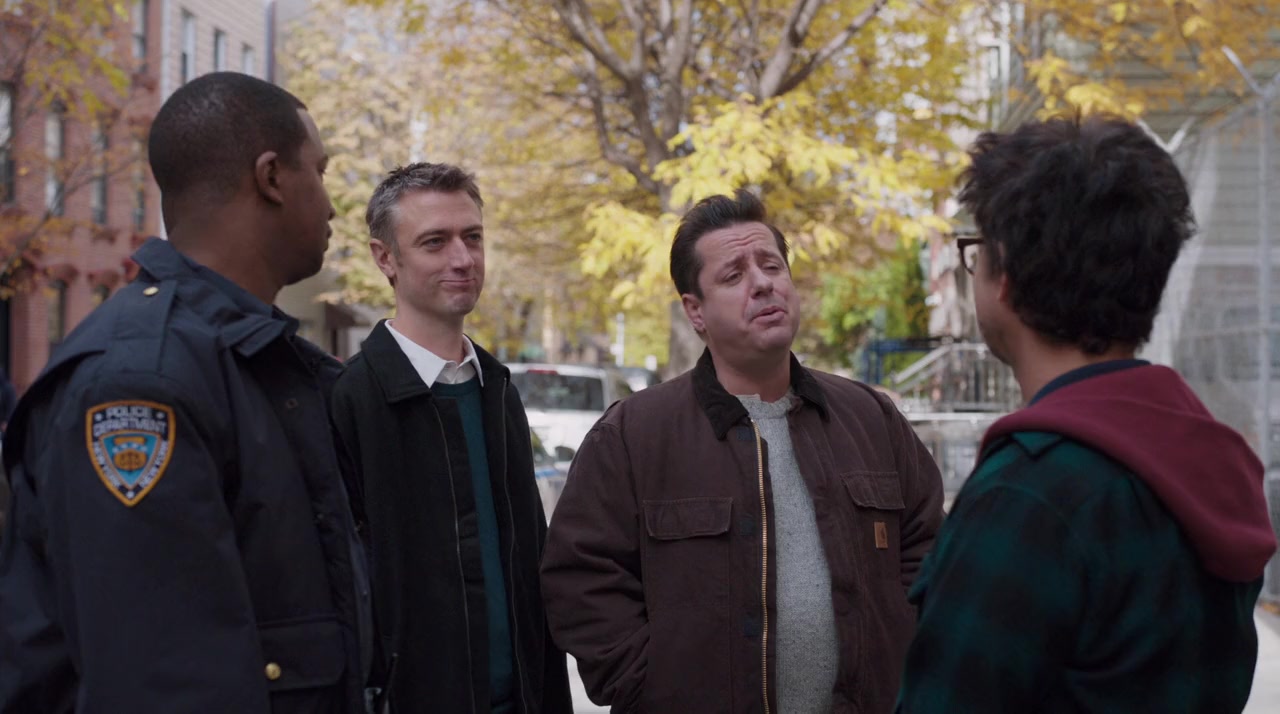

Many long-standing philosophical mysteries about ordinary objects dissolve once we realize that they lead double lives. The key that unlocks each problem is that seemingly inconsistent judgements about objects are really consistent because they manifest different perspectives on the same double-layered objects. The book argues that the proposed theory does a better job than its rivals in saving the appearances. Call to Adventure - The hero is faced with. A philosophical theory of ordinary objects faces the hard task of saving our common-sense conception of objects from a wide range of hard problems that present our familiar worldview as internally inconsistent and as incompatible with plausible metaphysical principles. Ordinary World - This step refers to the heros normal life at the start of the story, before the adventure begins. The theory answers metaphysical, semantical, and psychological questions in a unified framework: What is the nature of ordinary objects? How do we speak about such objects? And how do we conceive of them? The core thesis is that ordinary objects lead double lives: they are compounds of matter and form and since their matter and form have different qualitative profiles, ordinary objects can be described differently from different conceptual perspectives. The theory carves a middle way between the two accounts that have dominated traditional metaphysics of material objects, namely, classical mereology and Aristotelian hylomorphism.

#The ordinary world tv#
The book defends a novel philosophical picture of ordinary objects, such as persons, tables, trees, and mountains. ORDINARY WORLD Lyrics: Came in from a rainy Thursday / On the avenue / Thought I heard you talking softly / I turned on the lights, the TV / And the radio / Still I cant escape the ghost of you. The theory answers metaphysical, semantical, and psychological questions in a unified framework: What is the nature of ordinary objects? How do we speak about such objects? And how do we conceive of them? The core thesis is that ordinary objects lead double lives: they are compounds of matter and form a.

The book defends a novel philosophical picture of ordinary objects, such as persons, tables, trees, and mountains.


 0 kommentar(er)
0 kommentar(er)
